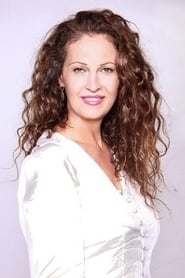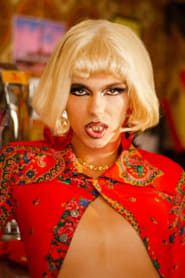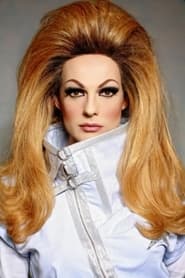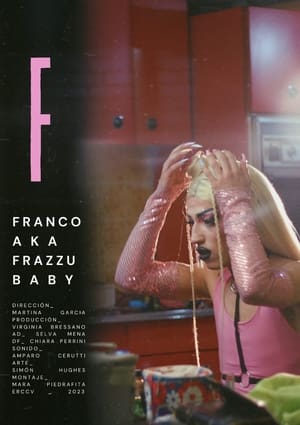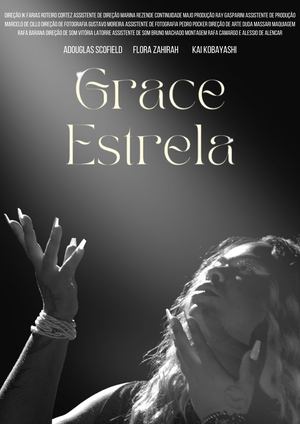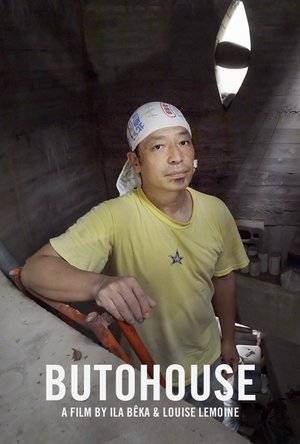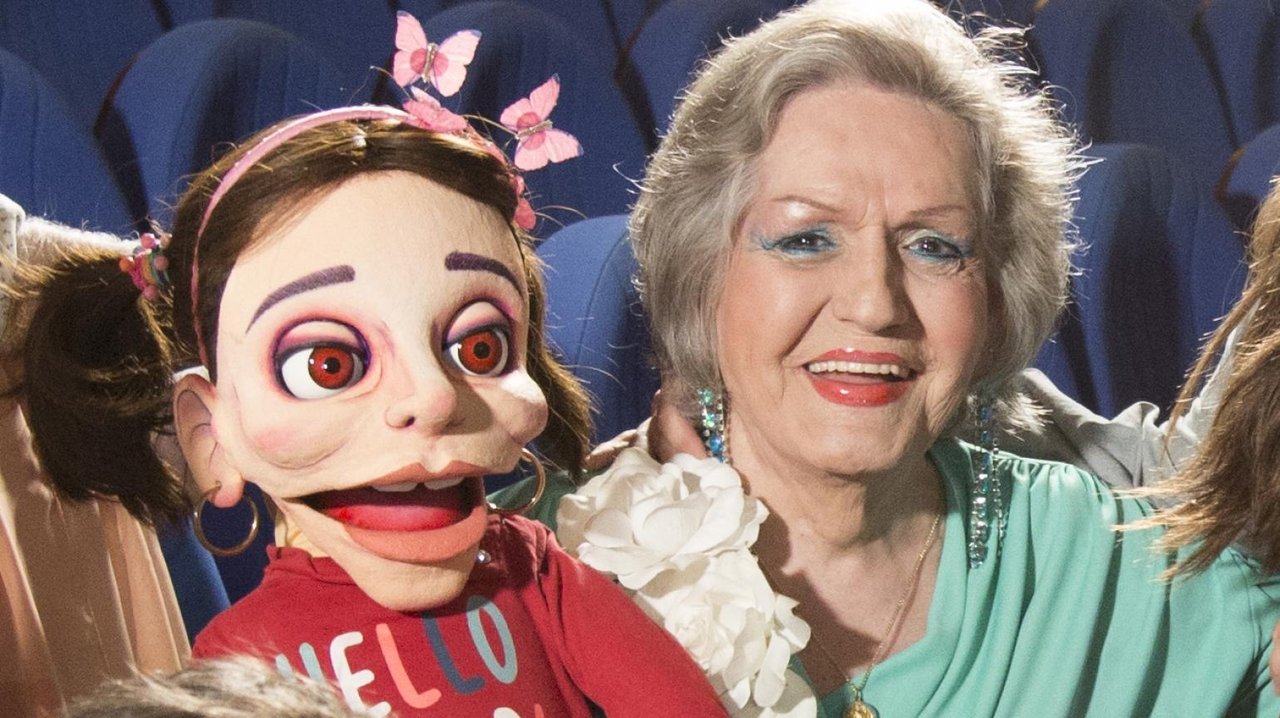

Transuniversal(2023)
Transuniversal takes a journey through the history of the struggle for the recognition of the rights of trans people. A route that has not been, nor is it being easy for the equalization of human rights, for which ultimately we were all born. The Trans Law is the flame that keeps alive the hope of many people who suffer the lack of opportunities and the rejection of much of society. Transuniversal traces a historical, cultural, cinematographic, social and human map.
Movie: Transuniversal
Top 10 Billed Cast

Transuniversal
HomePage
Overview
Transuniversal takes a journey through the history of the struggle for the recognition of the rights of trans people. A route that has not been, nor is it being easy for the equalization of human rights, for which ultimately we were all born. The Trans Law is the flame that keeps alive the hope of many people who suffer the lack of opportunities and the rejection of much of society. Transuniversal traces a historical, cultural, cinematographic, social and human map.
Release Date
2023-03-12
Average
2
Rating:
1.0 startsTagline
Genres
Languages:
Español
Similar Movies
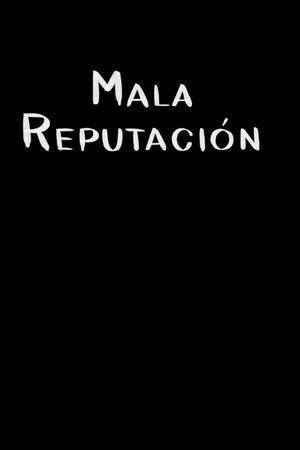 6.0
6.0Mala reputación(es)
A film that sets a magnifying glass on the representation of lesbians in fiction products that were broadcasted on Argentine television from 1992 to 2014 on over-the-air channels. Based on interviews with professionals from various disciplines and archival images, the documentary reveals a negative characterization that predominates in the representations. The characters lack social depth and are distant from reality. The small screen presents us with lives marked by a dramatic coming out of the closet or, even worse, their permanence in it. The voices of Albertina Carri, Ernesto Meccia, Analia Couceiro and Vir Cano reflect on fictions from their backgrounds and their own life stories.
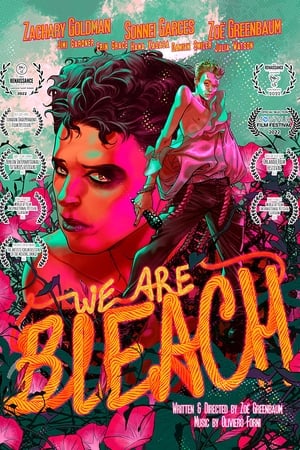 0.0
0.0We Are Bleach(en)
A multi-awarded 23 minute short film about pansexual punk rockers in a toxic relationship in London’s underground music scene
 8.0
8.0For the Good Times(es)
On the birthday of the patriarch of the family, one of his sons decides to come out of the closet and test the tolerance of his nearest and dearest. But the surprises that he has up his sleeve do not end there.
 0.0
0.0Traje de Luces(es)
The story is set during the early 1980s in a small town in rural Spain. El Chiqui is a talented young man about to debut in the local bullring, expected to continue the legacy of his family name. But that is not what he truly wants. His secret relationship with a young man from the town, Nicolás, offers an escape from the village, leaving the family pressures behind.
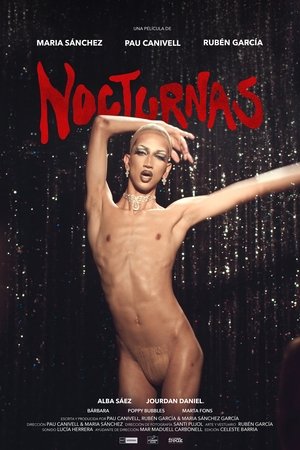 1.5
1.5Nocturnal Girls(es)
Luna runs away from home in the middle of the night. In an unexpected encounter with a group of drag queens, she redefines her concept of family.
 10.0
10.0Dos Chicos Frente al Mar(es)
Two young men meet during a summer day at the seaside.
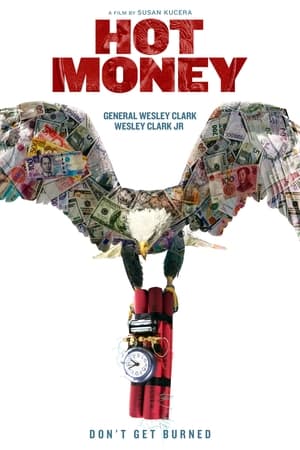 5.4
5.4Hot Money(en)
With wit, satire, and historical context, Former NATO Supreme Allied Commander, General Wesley Clark and his son Wes Clark Jr. take us on a journey through the financial circulatory system connecting farmers, homeowners, bankers, academics, and business professionals in a tale that explains the knot of economic forces that can lead to collapse and how to untie it.
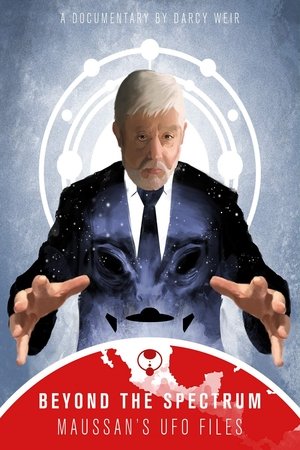 0.0
0.0Beyond The Spectrum: Maussan's UFO Files(en)
Watch his story unfold as we recount his rise as a journalist covering some of the most controversial UFO events seen across Mexico in history. Jaime Maussan started his career in journalism at some of the highest profile news agencies in Mexico, including 60 minutes and TV Azteca. His ambition and powerful desire to tell stories at a feverish pace led to the creation of his own news reporting agency Tercer Milenio which still has a growing base of over 2 million viewers a week internationally.
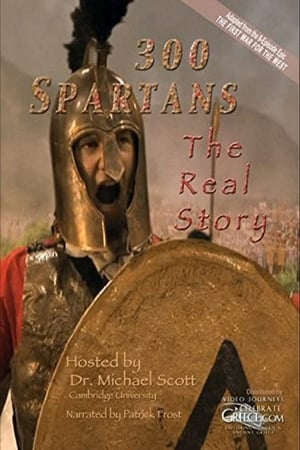 5.0
5.0300 Spartans: The Real Story(en)
300 Spartans-The Real Story. Putting aside the myths and legends, this documentary takes a detailed look at the Battle of Thermopylae in 480 BC Greece leading to the last stand of the 300 Spartans and Spartan King Leonidas. On the 3rd day of the battle, when Leonidas was being surrounded, he sent most of his troops away and covered their retreat with a last stand because Spartans never retreated.
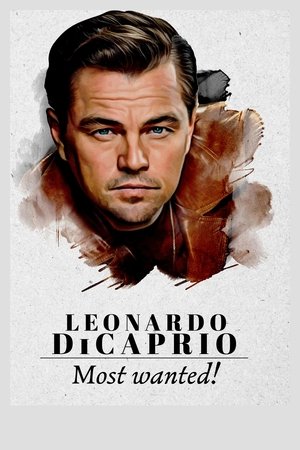 6.5
6.5Leonardo DiCaprio: Most Wanted!(en)
From his juvenile, tormented, heroic roles, which made him a global phenomenon, to his darker mature roles, a portrait of American actor Leonardo DiCaprio, a consummate performer and probably the most successful film star of his generation.
 7.1
7.1Nanook of the North(en)
This pioneering documentary film depicts the lives of the indigenous Inuit people of Canada's northern Quebec region. Although the production contains some fictional elements, it vividly shows how its resourceful subjects survive in such a harsh climate, revealing how they construct their igloo homes and find food by hunting and fishing. The film also captures the beautiful, if unforgiving, frozen landscape of the Great White North, far removed from conventional civilization.
 6.9
6.9Olympia: Part One – Festival of the Nations(de)
Commissioned to make a propaganda film about the 1936 Olympic Games in Germany, director Leni Riefenstahl created a celebration of the human form. This first half of her two-part film opens with a renowned introduction that compares modern Olympians to classical Greek heroes, then goes on to provide thrilling in-the-moment coverage of some of the games' most celebrated moments, including African-American athlete Jesse Owens winning a then-unprecedented four gold medals.
 6.7
6.7Olympia: Part Two – Festival of Beauty(de)
Commissioned to make a propaganda film about the 1936 Olympic Games in Germany, director Leni Riefenstahl created a celebration of the human form. Where the two-part epic's first half, Festival of the Nations, focused on the international aspects of the 1936 Olympic Games held in Berlin, part two, The Festival of Beauty, concentrates on individual athletes such as equestrians, gymnasts, and swimmers, climaxing with American Glenn Morris' performance in the decathalon and the games' majestic closing ceremonies.
 6.7
6.7Workers Leaving the Lumière Factory(fr)
Working men and women leave through the main gate of the Lumière factory in Lyon, France. Filmed on 22 March 1895, it is often referred to as the first real motion picture ever made, although Louis Le Prince's 1888 Roundhay Garden Scene pre-dated it by seven years. Three separate versions of this film exist, which differ from one another in numerous ways. The first version features a carriage drawn by one horse, while in the second version the carriage is drawn by two horses, and there is no carriage at all in the third version. The clothing style is also different between the three versions, demonstrating the different seasons in which each was filmed. This film was made in the 35 mm format with an aspect ratio of 1.33:1, and at a speed of 16 frames per second. At that rate, the 17 meters of film length provided a duration of 46 seconds, holding a total of 800 frames.
 7.5
7.5NOVA: Secrets of the Sky Tombs(en)
A team of scientists and explorers probe high altitude caves in the Tibetan Himalayas.
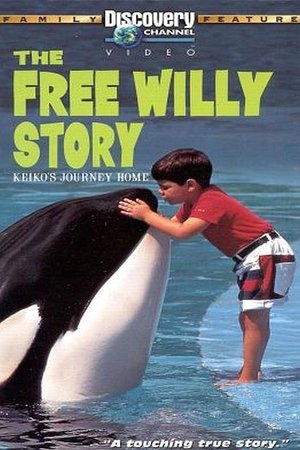 0.0
0.0The Free Willy Story - Keiko's Journey Home(en)
The struggles of moving Keiko, star of Free Willy, from Mexico City to a much better place in Oregon, US.
 5.4
5.4Maso and Miso Go Boating(fr)
The year 1975 is declared “year of the woman”. On this occasion Bernard Pivot invited Françoise Giroud on television, then Secretary of State for Women. Faced with statements, a group of women filmmakers parody the issues in a provocative way.
